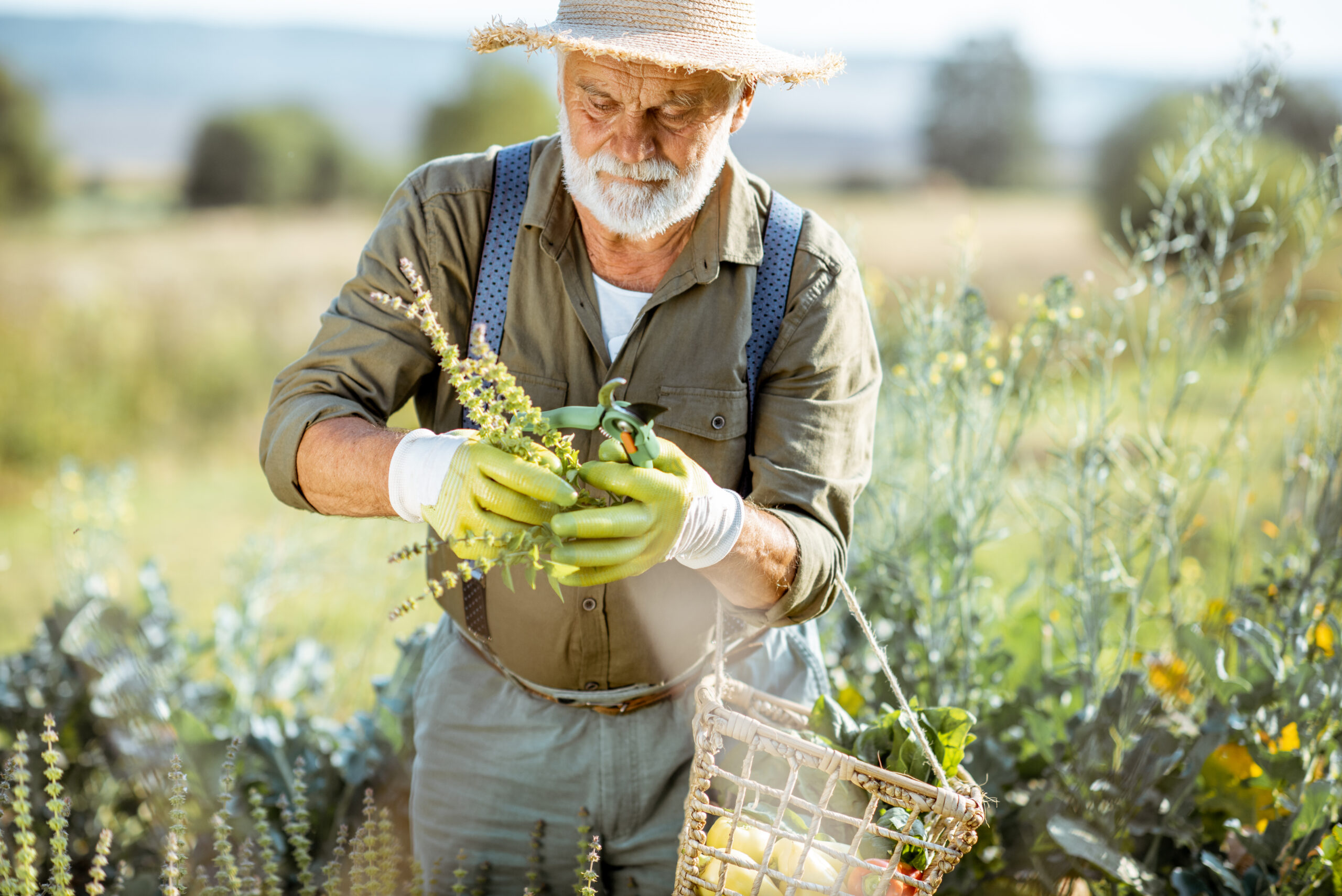

In spring, gardeners look forward to the renewal of life in their gardens as flowers wake up and vegetables start to grow. At this time of year they spend hours and hours tilling the soil, planting. Patients often come to the general surgery outpatient clinic of the AGEL Skalica University Hospital who have developed redness around the nail after working with soil, often associated with pain. Such a disease can sometimes end up in surgery.
Inflammation of the surrounding nail tissue (lat. paronychium) is a disease affecting the tissues surrounding the nail and nail bed. It usually arises after the protective barrier of the skin has been overcome by nail biting, improper cosmetics or traumatic injury. It is the latter cause that lurks for gardeners at this time of year. After digging fingers into the dirt while planting, a pebble, root or other sharp object can damage the surrounding area of the nail. “An infection of soil bacteria, which may not be susceptible to common antibiotics, sets in. The main symptoms are redness, swelling and tenderness of the nail area when pushed in,” explains surgeon at Skalica Hospital Alexander Nagy, MD. “In the later stages, an abscess, i.e. a cavity filled with pus, develops. Movement in the finger joint can be painful and limited by swelling. If the inflammation spreads without treatment, the joint can be permanently damaged. Patients with diabetes have an increased risk of the inflammation progressing,” the doctor continues. Therefore, wearing gloves when working in the garden and field is strongly recommended as a precaution against injury and subsequent complications. If an injury does occur, the best first aid is to wash the wound sufficiently with warm water and disinfectant soap. “It is then advisable to apply disinfectant in the form of a liquid or cream to the finger, cover the affected area sterilely and immobilise it with a bandage. It is recommended to change this bandage at least twice a day,” advises Alexander Nagy, who also believes it is important to check with your district doctor that you have had a tetanus vaccination every 15 years. And when is a visit to the doctor already necessary? “Medical help should be sought if the inflammation lasts for three days or more, the wound worsens, or if a purulent deposit – an abscess – has formed. Depending on the acuteness of the condition, the doctor may prescribe antibiotics for treatment or may perform surgical treatment of the abscess,” adds Alexander Nagy, MD.
